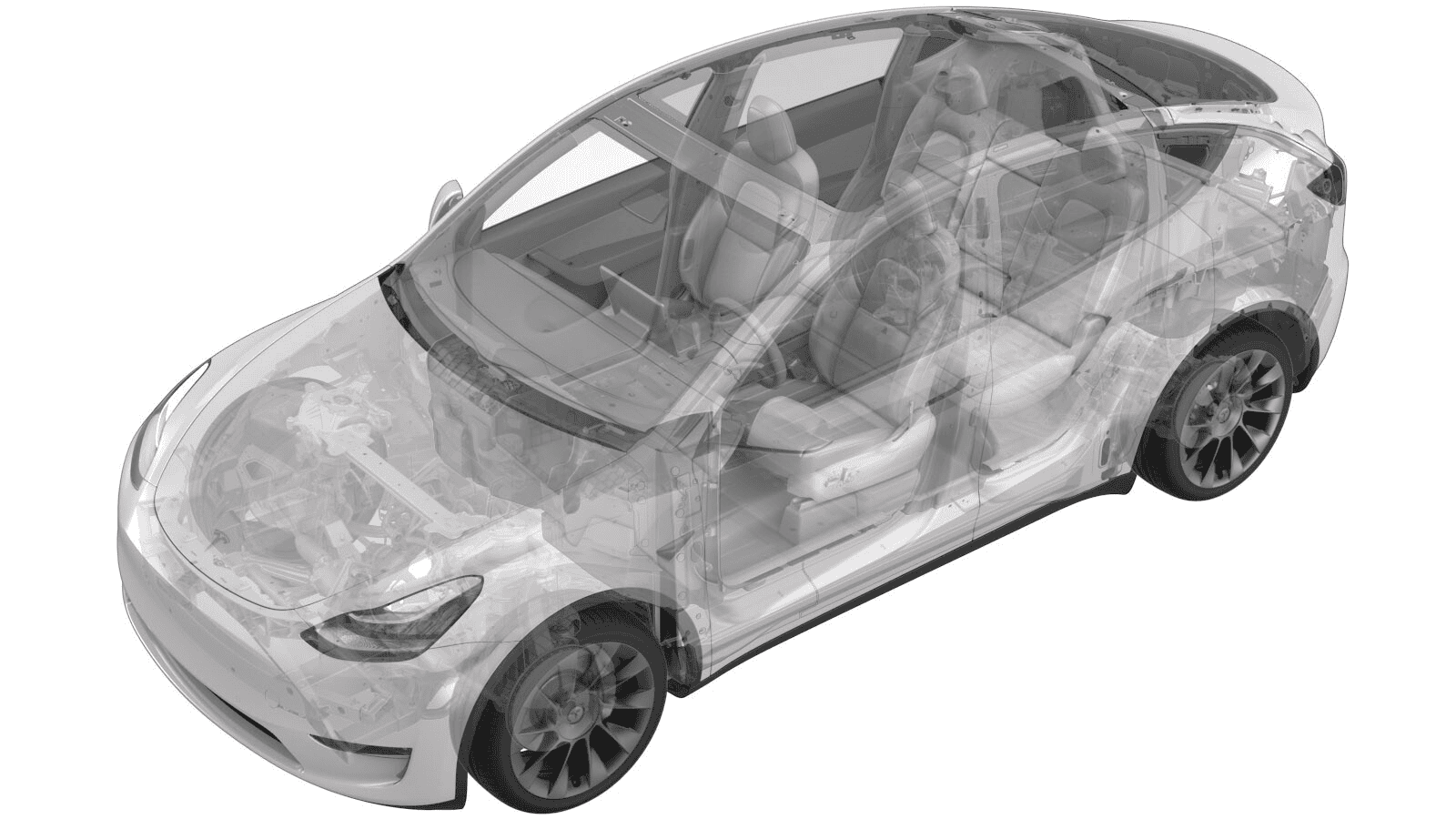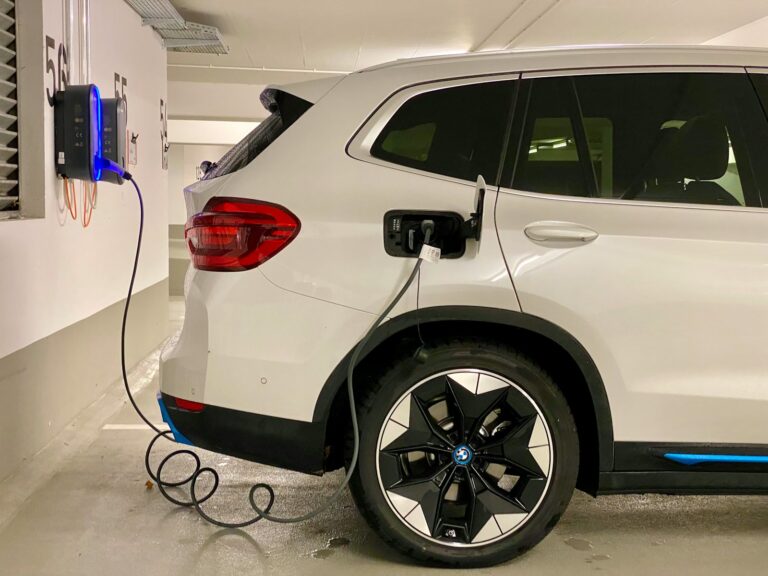
Tesla’s Hardware 3 (HW3) is a crucial component in the company’s pursuit of autonomous driving technology. Unveiled during Tesla’s Autonomy Day event in April 2019, HW3 represents a significant leap forward in the processing power available in Tesla vehicles. The Full Self-Driving Computer, powered by a custom-designed chip, can process up to 2,300 frames per second – a 21-fold improvement over its predecessor.

This advanced hardware forms the backbone of Tesla’s Full Self-Driving (FSD) capabilities. It equips Tesla vehicles with the computational power needed to analyze complex driving scenarios in real-time. The system uses neural networks to process data from cameras, radar, and ultrasonic sensors, enabling features like Navigate on Autopilot and Smart Summon.
Tesla began installing HW3 in all new vehicles produced from April 2019 onwards. For owners of older Tesla models with previous hardware versions, the company offers retrofits to upgrade to HW3. This ensures that a wider range of Tesla vehicles can access the latest autonomous driving features as they become available through over-the-air software updates.
Tesla HW3: The Brains Behind Autopilot and Full Self-Driving
Tesla’s Autopilot and Full Self-Driving (FSD) features have revolutionized the driving experience. But have you ever wondered about the technology that makes these features possible? It all comes down to a specialized computer system called HW3.

What is HW3?
HW3 (Hardware 3) is the dedicated computer system that powers Tesla’s advanced driver-assistance features. It’s like the brain of the car, processing massive amounts of data from the vehicle’s sensors to enable capabilities like lane keeping, adaptive cruise control, and even navigating city streets.
Why is HW3 Important?
HW3 represents a significant leap forward in autonomous driving technology. Here’s why it’s so important:
- Purpose-built for Autonomous Driving: Unlike previous hardware versions, HW3 was designed specifically for the computational demands of self-driving. It can handle the complex calculations needed to interpret sensor data and make driving decisions in real-time.
- Enhanced Processing Power: HW3 has significantly more processing power than its predecessors. This allows it to run more complex neural networks and algorithms, enabling more sophisticated Autopilot and FSD features.
- Improved Safety and Reliability: HW3 features redundant systems for improved safety. If one component fails, the system can still operate, ensuring critical safety features remain active.
- Enables Full Self-Driving: HW3 is essential for Tesla’s ultimate goal of achieving full self-driving. It’s designed to handle the complex tasks required for autonomous driving, such as object detection, lane changes, and navigating intersections.
- Over-the-Air Updates: HW3 can receive over-the-air software updates. This allows Tesla to continuously improve its Autopilot and FSD features and add new capabilities over time.

Features of HW3
Here’s a closer look at the technical capabilities of HW3:
| Feature | Description |
|---|---|
| Dual AI Chips | HW3 has two custom-designed AI chips for redundancy and increased processing power. |
| 14nm Process Technology | The chips are fabricated using a 14nm process, providing a balance of performance and efficiency. |
| 2.5x Performance Improvement | HW3 offers a 2.5x performance improvement over the previous generation hardware. |
| Support for 8 Cameras | HW3 can process data from up to 8 cameras, providing a 360-degree view of the vehicle’s surroundings. |
The Future of HW3
While Tesla has introduced a newer hardware system (HW4), HW3 remains a powerful and capable system that continues to power Autopilot and FSD features in many Tesla vehicles. Tesla is committed to optimizing FSD for HW3 to ensure a satisfactory experience for owners with this hardware. There are even rumors of potential upgrade paths for HW3 owners to access some of the benefits of HW4 in the future.

Key Takeaways
- HW3 significantly boosts Tesla’s autonomous driving capabilities
- The system processes data from multiple sensors in real-time
- Tesla offers retrofits for older vehicles to upgrade to HW3
Overview and Evolution of Tesla Autopilot Hardware
Tesla’s Autopilot hardware has gone through several iterations, each bringing new capabilities to the company’s self-driving technology. The evolution of this hardware showcases Tesla’s commitment to advancing autonomous driving capabilities in its electric vehicles.
Hardware 3: Advancing Tesla’s Vision
Hardware 3 (HW3) marked a significant leap in Tesla’s Autopilot technology. This custom-built computer uses a chip designed by Tesla specifically for self-driving tasks. HW3 includes neural networks that process data from cameras and sensors. It can handle up to 2,300 frames per second, a big jump from earlier versions.
The system uses 12 CPUs and relies on cameras for input. This camera-based approach differs from other car makers who use radar or lidar. HW3’s powerful processors allow for quick decision-making, essential for safe autonomous driving.
Comparison Between Hardware Generations
HW3 offers major improvements over its predecessors. It processes information much faster than HW2.5, the previous version. This speed boost helps the car make quicker, safer decisions on the road.
HW3 also uses less power while delivering more computing power. This efficiency is crucial for electric vehicles, where energy use affects driving range. The new hardware provides better object detection and more accurate predictions of other vehicles’ movements.
HW4, the newest version, builds on HW3’s success. It offers even more processing power for enhanced self-driving abilities.
Hardware Integration in Tesla Models
Tesla has integrated HW3 into its lineup of electric vehicles. Models S, 3, X, and Y all use this advanced hardware. The integration allows for over-the-air updates, constantly improving the cars’ self-driving features.
New Tesla vehicles come with HW3 pre-installed. Some older models can be upgraded to HW3, though not all are eligible. The hardware works with Tesla’s Full Self-Driving (FSD) software, aiming to achieve full autonomy in the future.
The Cybertruck, Tesla’s upcoming electric pickup, is expected to feature the latest Autopilot hardware. This integration shows Tesla’s ongoing commitment to advancing self-driving technology across its entire vehicle range.
Frequently Asked Questions
Tesla’s Hardware 3 (HW3) system is a crucial component in the company’s pursuit of autonomous driving capabilities. This section addresses common queries about HW3’s features, compatibility, and comparisons to other hardware versions.
What are the capabilities of Tesla’s HW3?
HW3 boasts improved processing power for autonomous driving features. It can handle more complex computations and process data from the vehicle’s sensors faster than its predecessors. This allows for better real-time decision-making and smoother operation of Tesla’s Autopilot and Full Self-Driving features.
What models come equipped with Tesla’s HW3?
Tesla started including HW3 in its vehicles from April 2019. Most Model S, X, 3, and Y produced after this date come with HW3. Older models manufactured before April 2019 typically have HW2 or HW2.5. Buyers should check their vehicle’s specifications or consult Tesla for exact hardware information.
How does Tesla’s HW3 differ from HW2?
HW3 offers significant improvements over HW2. It features a custom-designed chip that provides up to 21 times more processing power than HW2. This boost in performance allows for more advanced self-driving capabilities and better handling of complex driving scenarios.
Can you upgrade to HW3, and what is the process?
Yes, Tesla offers upgrades to HW3 for eligible vehicles. Owners with HW2 or HW2.5 who purchased the Full Self-Driving package can request an upgrade. The process involves scheduling an appointment at a Tesla service center, where technicians replace the old hardware with the new HW3 system.

What improvements does HW4 have over HW3 in Tesla vehicles?
HW4, also known as AI4, brings further enhancements to Tesla’s autonomous driving capabilities. It includes updated sensors, cameras with higher resolution, and more powerful processors. These improvements allow for better object detection and more advanced self-driving features compared to HW3.
From which production year did Tesla vehicles start including HW3?
Tesla began incorporating HW3 into its vehicles in April 2019. Models produced from this date onward are likely to have HW3 installed. However, the exact timing may vary slightly depending on the specific model and production location. Tesla’s official documentation or vehicle specifications provide the most accurate information for individual cars.





